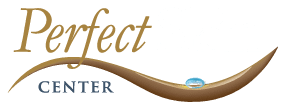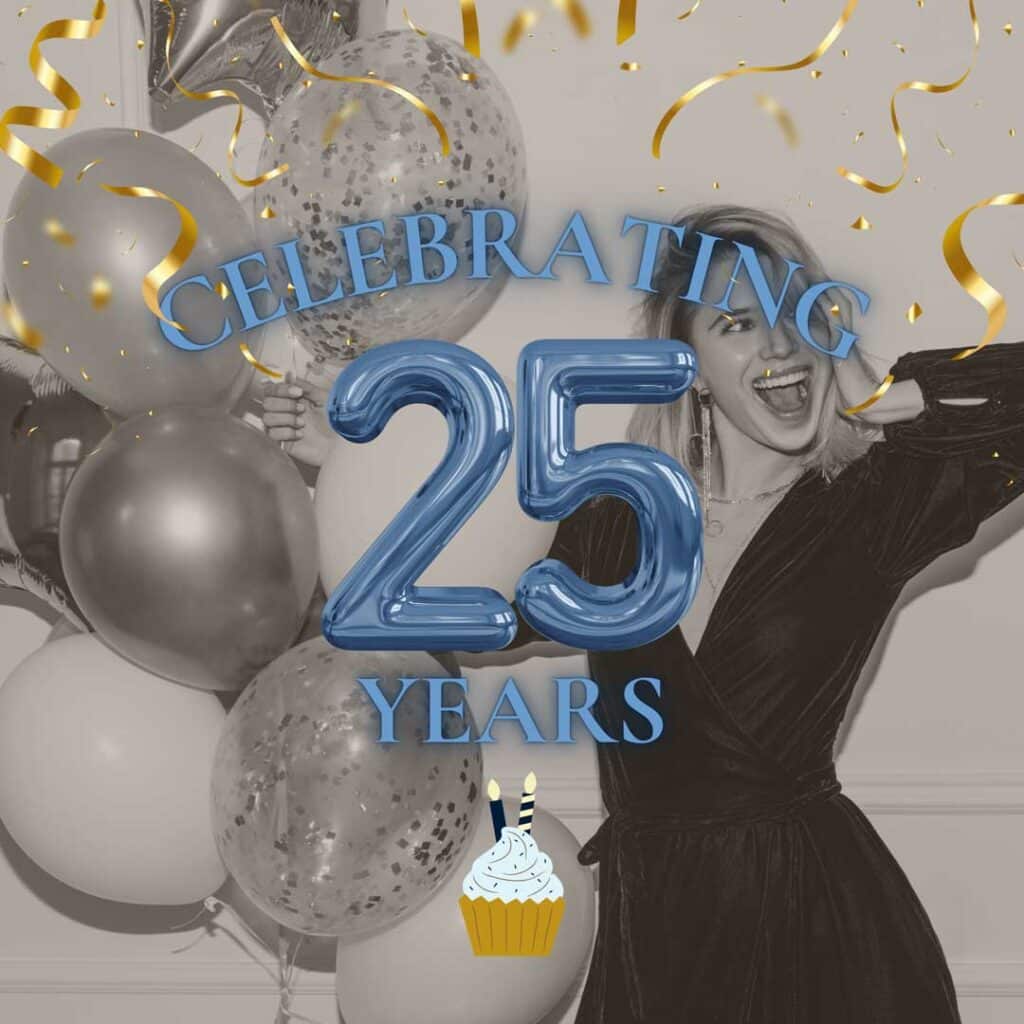Unveiling a Renewed You
Many visible skin concerns, such as dull texture, sun damage, and signs of aging, can be addressed without surgery. Treatments that resurface the skin can help remove damaged layers while supporting your skin’s natural ability to renew itself. At Perfect Skin Center in Tempe and Scottsdale, AZ, we offer a wide range of laser options to exfoliate surface buildup and encourage collagen remodeling beneath the skin.
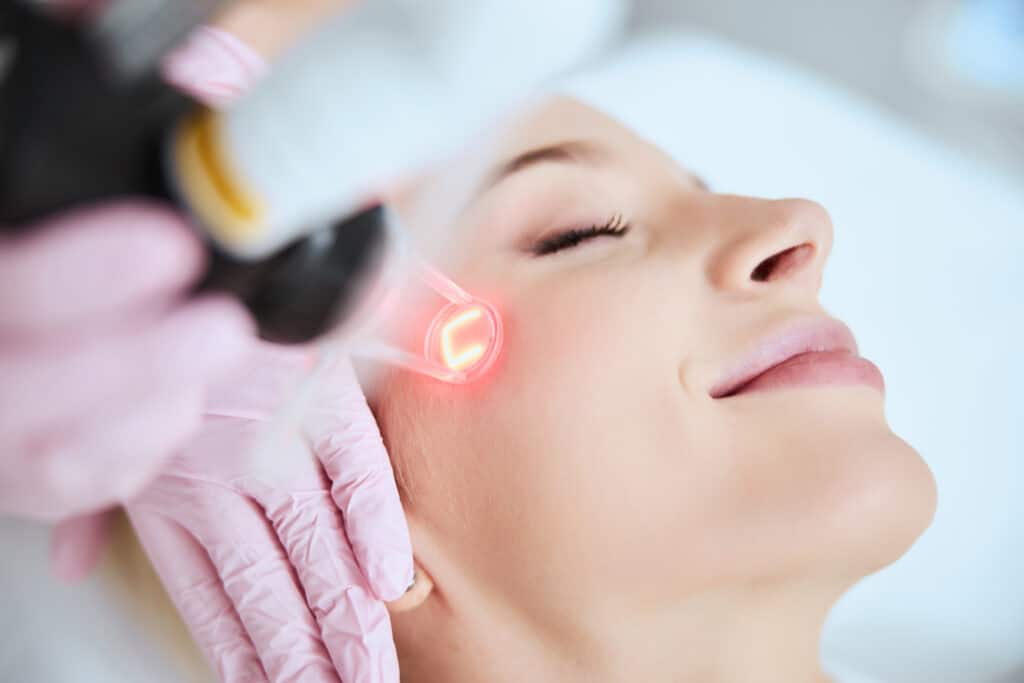
What Is Laser Skin Resurfacing?
Laser skin resurfacing uses concentrated light energy to remove damaged skin cells and stimulate healthy tissue renewal. The goal is to smooth the surface, improve tone, and reduce visible signs of aging or sun damage. It can be used on the face, neck, chest, and other areas where skin texture has changed.
How Does Laser Skin Resurfacing Work?
A laser delivers controlled heat or light energy to specific layers of the skin. Some lasers target the surface to remove dead or damaged cells, while others penetrate deeper to activate collagen remodeling. This process encourages the skin to regenerate with a smoother, more even appearance. The type of laser and intensity can be adjusted based on your skin type and the concerns being treated.
General Types of Skin Resurfacing Lasers
Fully ablative lasers remove the entire outer layer of skin in the treatment area. This approach can be used to address deeper wrinkles, significant sun damage, and more advanced texture issues. Because the full surface is treated, the recovery time is longer. Fractional ablative lasers treat small, targeted zones within the skin while leaving the surrounding tissue alone and are often used for resurfacing with less downtime than fully ablative lasers. Non-ablative lasers heat the deeper layers of the skin without removing the surface. They stimulate collagen production gradually through gentle heat. This option involves minimal recovery but may require multiple sessions.
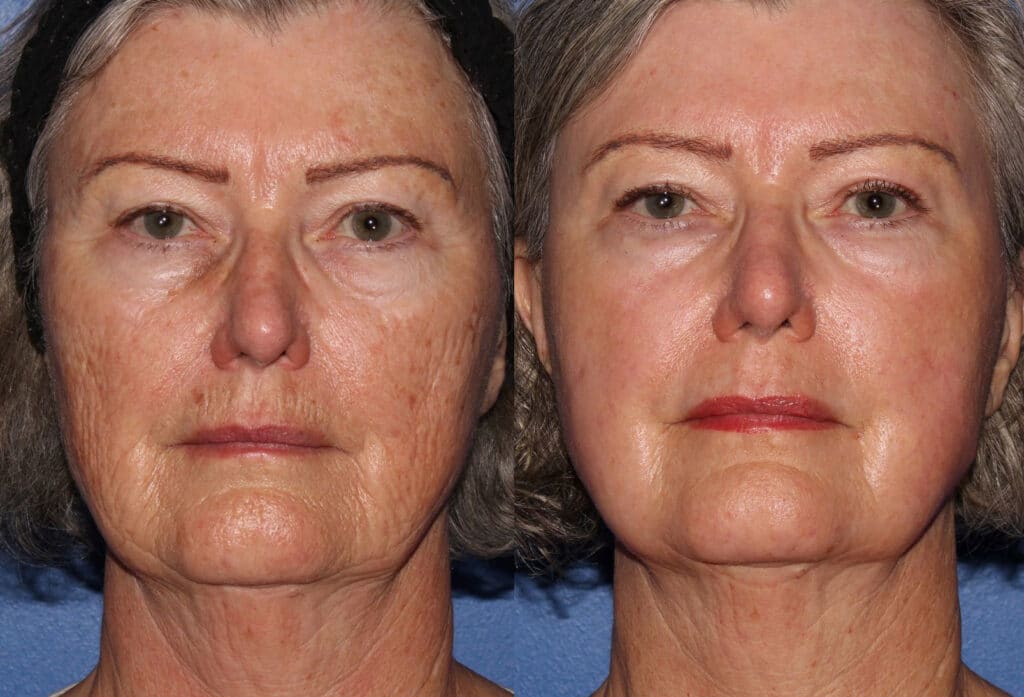
What Can We Treat With Laser Skin Resurfacing?
Aging Skin, Sagging, and Laxity
During the aging process, the skin begins to lose firmness and elasticity, and you may begin to notice loose or sagging areas around the eyes, jawline, or neck. We can use laser resurfacing for aging skin to stimulate collagen production and support the skin’s natural structure. Some laser settings also smooth surface texture to improve the look of dull or thinning areas.
Acne Scars
Laser skin resurfacing can help break down the thickened tissue that forms certain types of acne scars. As we encourage new skin growth and collagen remodeling, we can soften pitted scars that haven’t improved with other treatments.
Lines and Wrinkles
Fine lines and deeper wrinkles often appear from sun exposure, repetitive movement, and changes in skin density. Using laser skin resurfacing for wrinkles, we can remove surface-level creases and improve deeper folds by triggering skin regeneration. Treatments can be adjusted based on the location and depth of the lines, including around the mouth, forehead, and eyes.
Hyperpigmentation
Discoloration, like sun spots and melasma, may be more noticeable after sun exposure or hormonal shifts. Laser skin resurfacing for dark spots can target the melanin within pigmented areas and help even out the skin tone. Some lasers break up the pigment directly, while others lift it gradually through exfoliation and renewal.
Redness and Capillaries on the Face
Visible capillaries and persistent facial redness are caused by sun damage, rosacea, or vascular conditions. Certain lasers can selectively target the red or purple tones without affecting the surrounding skin. This can help reduce flushing, broken vessels, and blotchy areas that don’t fade on their own.
Uneven Skin Tone and Texture
Patches of roughness, enlarged pores, and blotchy skin can be difficult to treat with topical products alone. A laser treatment for uneven skin tone can smooth the surface and refine the skin’s overall appearance. These treatments can also help balance oil production and minimize textural buildup from old skin cells.
Laser Devices and Technologies Used for Laser Resurfacing
Sciton® JOULE®
The Sciton JOULE platform is a versatile system that supports several advanced laser treatments, including:
- ProFractional: Sciton’s ProFractional device uses a fractionated erbium laser to resurface the skin. Instead of treating the entire surface, it creates microchannels spaced across the skin for faster healing and less downtime. We use fractional laser resurfacing with this device to improve skin texture, fine lines, and scarring.
- HALO Hybrid Laser: HALO is a dual-wavelength hybrid laser that delivers both ablative and non-ablative energy. HALO offers significant skin renewal with less recovery than traditional resurfacing lasers. HALO is commonly used to improve sun damage, discoloration, and visible aging, and it’s suitable for various skin types.
RevLite® Q-Switched Laser
The RevLite SI Q-Switched laser is a non-ablative treatment that uses nanosecond pulses to break down unwanted pigment and stimulate collagen production. It is effective for melasma, sun spots, acne scars, and fine lines. The device’s PhotoAcoustic Technology Pulse (PTP) mode delivers energy in a way that enhances patient comfort and treatment efficiency. It uses multiple wavelengths, including 1064 nm and 532 nm, and provides precise skin resurfacing.
Clear + Brilliant Touch
Clear + Brilliant Touch is a non-ablative platform that helps maintain and improve skin quality. It’s frequently used as a preventative treatment or for early signs of aging and can help reduce pore size, brighten skin tone, and smooth fine lines. The technology creates little microscopic zones on the skin to prompt skin renewal.
LaseMD Ultra™
LaseMD Ultra is a non-ablative thulium laser that resurfaces the skin while preserving the outermost layer. It creates tiny thermal areas to promote tissue regeneration and can help active ingredients penetrate further. This treatment is especially effective for treating sun damage, fine lines, melasma, and actinic keratoses.
Excel® V+
Excel V+ is designed to target vascular and pigmented lesions using high-performance micropulsed wavelengths. It treats redness, rosacea, broken capillaries, sun spots, and other forms of discoloration. It’s also known for its cooling technology that helps improve patient comfort during treatment.
Fraxel® Laser
Fraxel is a fractional, non-ablative skin resurfacing laser that creates thousands of microscopic treatment zones across the skin. It’s used to treat mild to moderate wrinkles, pigmentation, scarring, and textural concerns with relatively little downtime. Because it leaves the surrounding skin intact, healing is faster compared to traditional resurfacing. It works well on delicate areas like the neck, chest, hands, and face.
How to Prepare for Laser Skin Resurfacing
Before your treatment, protect your skin from sun exposure and stop using retinoids or exfoliating products for at least one week. Avoid tanning, waxing, and any other treatments that irritate the skin for two weeks beforehand. Keep your skin well-hydrated and use a gentle cleanser and moisturizer in the days leading up to your appointment. We will review your medications and skincare routine to make sure your skin is in the best condition for treatment.
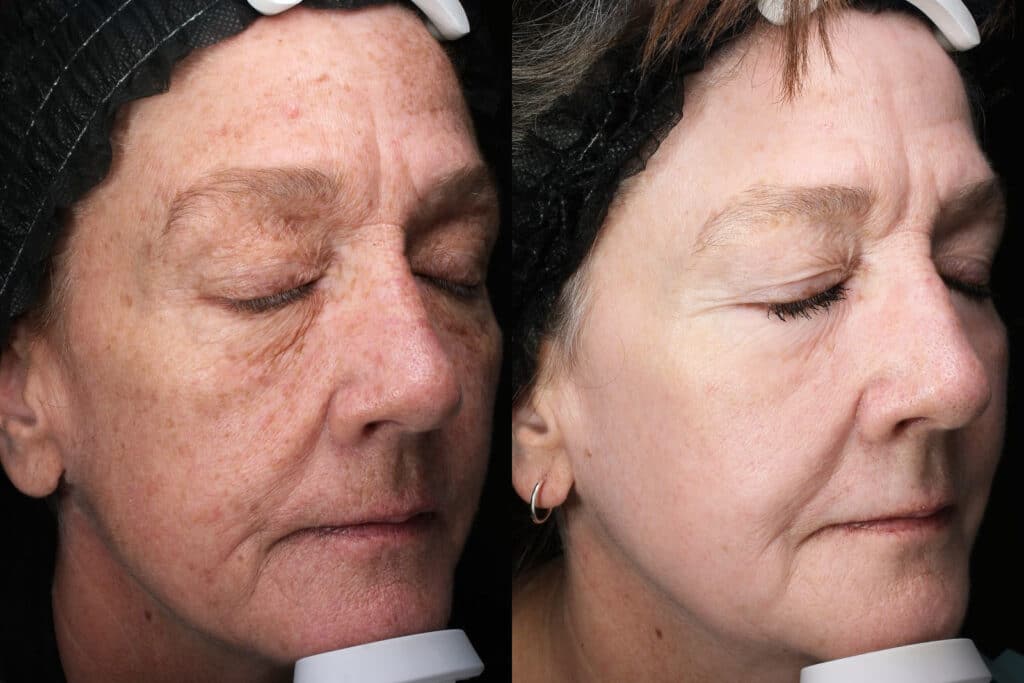
What Can You Expect During Your Laser Resurfacing Treatment?
Consultation and Skin Analysis
We begin with a detailed consultation to examine your skin, discuss your concerns, and determine the best laser for your needs. During this visit, we assess your skin type, tone, and texture, along with any history of pigmentation issues or sensitivity. With this information, we can choose the right settings and prepare your skin properly before treatment.
Topical Numbing or Cooling Methods
We often apply a topical numbing cream to help reduce discomfort. The cream needs to stay on the skin for about 30 to 45 minutes. Many devices use cooling technology to help you manage the heat and keep your skin comfortable.
Laser Passes and Sensations
Some lasers can be moved continuously across the skin while others treat small sections of skin at a time. The number of passes depends on the laser used and the level of correction we aim to achieve. Some treatments only take 15 to 30 minutes, while others require more time if we are working on a larger area or going deeper.
Recovery and Downtime After Laser Skin Resurfacing
The downtime after laser skin resurfacing depends on the laser type and how aggressive the treatment was. You may notice redness, swelling, or a rough texture as your skin begins to heal. It is important to keep your skin moisturized and keep it out of the direct sun. Use gentle products without harsh ingredients or fragrances while your skin heals, and make sure to never pick at any peeling or scabbing skin. We will give you specific aftercare instructions to support proper healing.
Frequently Asked Questions
How Long Does Laser Skin Resurfacing Last?
The results from laser resurfacing can last for several months or longer, depending on the type of laser used and how well you care for your complexion. Your skin will continue to age after the treatment, but laser treatments can help your skin age gracefully and stay healthy and firm for longer. With many laser devices, you can opt for occasional maintenance treatments to extend your results.
How Many Laser Skin Resurfacing Sessions Will I Need?
Some patients see improvement after one session, especially with ablative or hybrid lasers. Others may benefit from more than one treatment with time in between for healing and regeneration. Every laser and every patient is different, so we will work with you to find a plan that is customized to your skin type, goals, and schedule.
Who Is a Good Candidate for Laser Skin Resurfacing?
Patients with sun damage, fine lines, acne scars, or uneven skin tone often benefit from laser resurfacing. You should not have an active skin infection or recent use of certain medications like isotretinoin. If you have a history of pigmentation issues or very sensitive skin, we may recommend specific lasers or pre-treatment protocols.
Which Laser Is the Best for Acne Scars?
The best laser for acne scars depends on the type and severity of the scarring. Fractional ablative lasers, such as Sciton ProFractional or FRAXEL Restore, are often effective for improving pitted scars and stimulating collagen. Deeper lasers can help with more significant texture changes. We will choose the device based on the scar type, your skin tone, and how aggressively you want to treat the area.
Is Laser Skin Resurfacing Suitable for Dark Skin Tones?
Patients with deeper skin tones can benefit from laser resurfacing, but the treatment and device must be carefully selected to avoid pigment changes. We will assess your skin type and use settings or devices that are suitable for darker skin. We may recommend other solutions for certain patients who are more at risk for hyperpigmentation.
Does Laser Skin Resurfacing Hurt?
You may feel warmth, tingling, or a snapping sensation during treatment. This can be uncomfortable for some patients. The numbing cream and cooling technology both help with these sensations. Some treatments feel more intense than others, especially if they go deeper into the skin.
Choosing Us for Laser Skin Resurfacing
At Perfect Skin Center, your care is guided by Richard Burgmeier, MD, who brings over two decades of experience in both medical and aesthetic medicine. His expertise in advanced, minimally invasive skin rejuvenation techniques is backed by years spent training other providers across the country. Dr. Burgmeier remains actively involved in the aesthetic field as a speaker and trainer for Allergan and Galderma, with a focus on safe, effective results. As a member of respected organizations like the American Society for Laser Medicine and Surgery, he continues to stay at the forefront of laser technology and treatment techniques. His background in emergency medicine adds a layer of clinical insight that supports both your safety and your outcome.
Reveal Your Best Skin With Laser Resurfacing in Tempe and Scottsdale, AZ
Laser skin resurfacing offers a non-surgical way to refresh the skin, improve texture, and reduce visible signs of aging with minimal downtime. We use advanced technologies to treat patients across Phoenix, Scottsdale, Tempe, Mesa, Gilbert, Chandler, and Ahwatukee, providing options that can be adjusted based on your skin’s condition and goals. To schedule your consultation at Perfect Skin Center, call (480) 897-3623 or contact us online.
